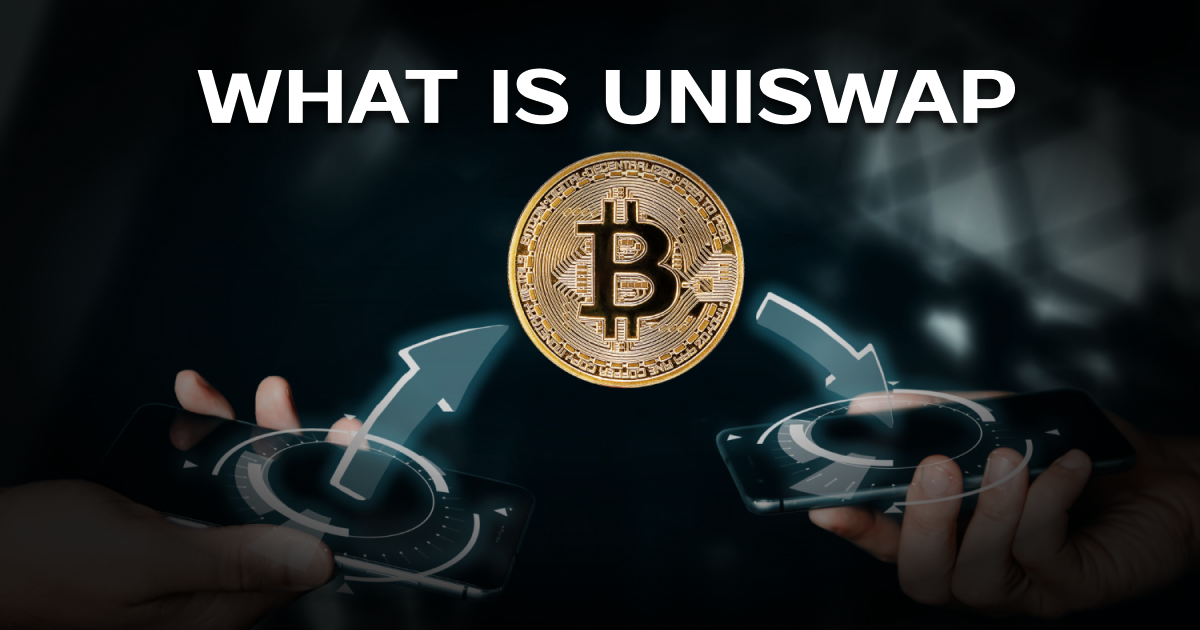
Uniswap Demystified: Navigating the World of Decentralized Exchanges
27th February 2024 | 3 minutes read
In the ever-evolving landscape of decentralized finance (DeFi), Uniswap has emerged as a trailblazer, reshaping how users engage in cryptocurrency exchanges. Join us on a journey into the intricacies of Uniswap, exploring its foundations, mechanics, and how it empowers users to trade and provide liquidity in a decentralized environment.
Unraveling the Concept of Uniswap
Uniswap stands at the forefront of decentralized exchanges, offering a unique model that diverges from traditional centralized platforms. At its core, Uniswap is a decentralized automated liquidity protocol built on the Ethereum blockchain.
Key Features of Uniswap:
Decentralization: Uniswap operates without the need for a central authority, empowering users to participate without intermediaries.
Automated Market Maker (AMM): Uniswap utilizes an AMM model, allowing users to trade assets without relying on traditional order books.
The Uniswap Token (UNI):
UNI is the native governance token of the Uniswap protocol, enabling holders to participate in the decision-making processes of the platform.
How Uniswap Works – The AMM Mechanism
Uniswap’s innovative approach to liquidity provision and trading revolves around the Automated Market Maker (AMM) model.
Liquidity Pools:
Users contribute to liquidity pools by depositing an equivalent value of two different tokens.
Liquidity providers (LPs) earn fees proportional to their contribution.
Swap Mechanism:
Users can instantly swap one token for another by interacting with the liquidity pool.
Prices are determined algorithmically based on the ratio of tokens in the pool.
Providing Liquidity on Uniswap
Uniswap incentivizes users to contribute liquidity by becoming LPs, earning a share of the trading fees.
Liquidity Pool Participation:
Users contribute an equal value of two tokens to a liquidity pool.
LPs receive liquidity provider tokens (LP tokens) representing their share in the pool.
Fee Structure:
LPs earn a portion of the trading fees proportional to their contribution.
Fees are distributed whenever a user swaps tokens within the pool.
Real-World Example – Swapping and Providing Liquidity
Explore a practical example of how users can swap tokens and provide liquidity on Uniswap.
Swapping Tokens:
User A wants to exchange ETH for DAI.
Using Uniswap, User A selects the ETH-DAI liquidity pool, swaps their ETH, and receives DAI in return.
Providing Liquidity:
User B contributes an equal value of ETH and DAI to the liquidity pool.
User B receives LP tokens representing their stake in the pool.
Advantages of Uniswap
Uniswap’s decentralized model and innovative features offer several advantages to users in the DeFi space.
Decentralization and Security:
Eliminates the need for intermediaries, providing users with full control over their assets.
Smart contracts on Ethereum ensure transparency and security.
Global Accessibility:
Uniswap is accessible to users worldwide, promoting financial inclusion.
Users only need a compatible Ethereum wallet to participate.
Challenges and Considerations
While Uniswap brings innovation to the DeFi ecosystem, users should be aware of potential challenges and considerations.
Impermanent Loss:
LPs may experience impermanent loss due to fluctuations in token prices.
Understanding the risks is crucial for informed participation.
Smart Contract Risks:
Users should exercise caution and conduct due diligence as smart contracts are susceptible to vulnerabilities.
Navigating DeFi with Uniswap
Uniswap has redefined how users engage with decentralized exchanges, offering a trustless and permissionless platform for trading and liquidity provision. As the DeFi space continues to evolve, Uniswap remains a cornerstone, shaping the future of decentralized finance.